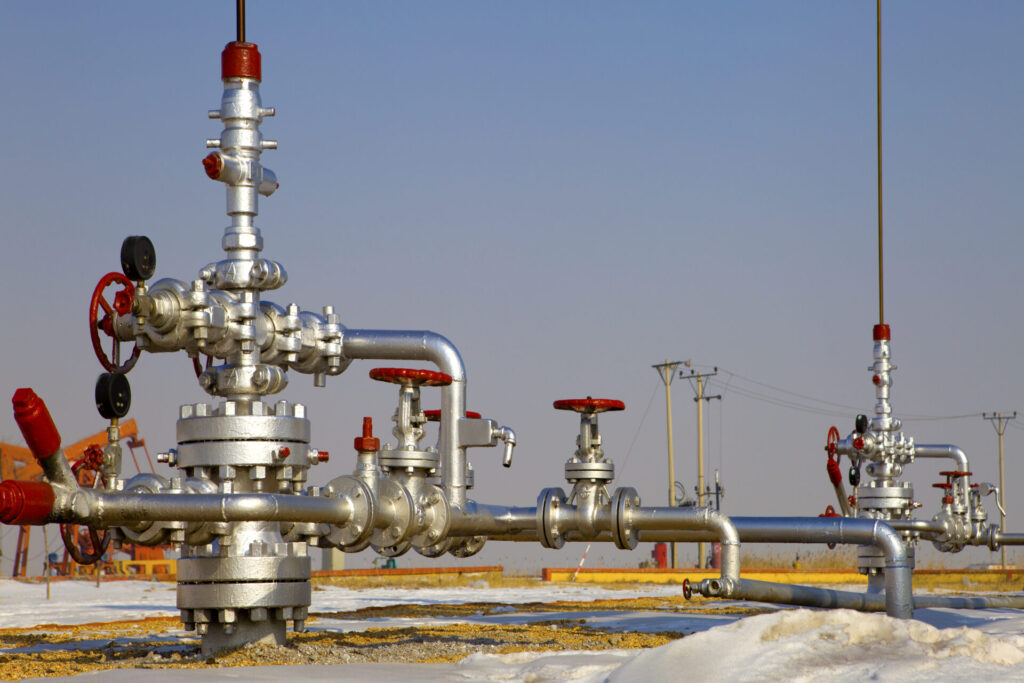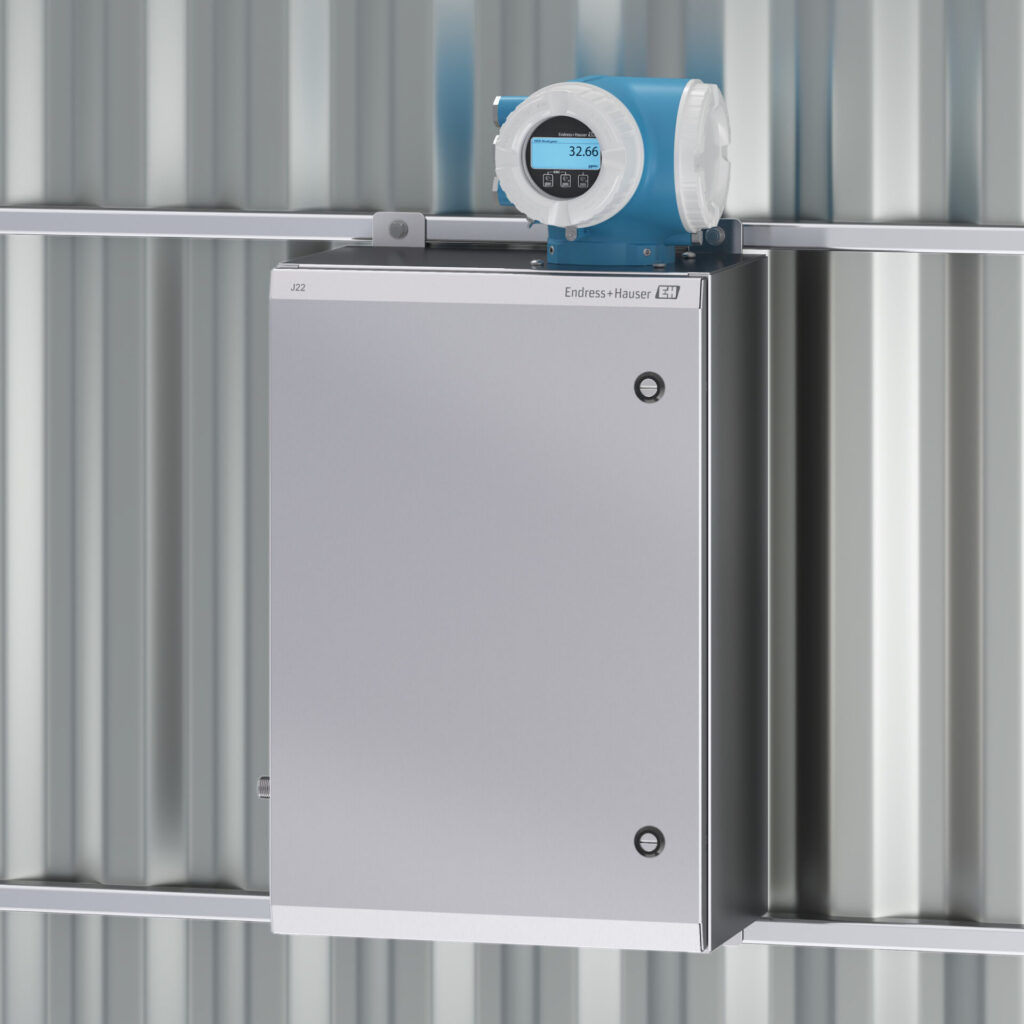Raman technology enhances LNG assessment for custody transfer
Liquified natural gas (LNG) is a versatile energy source with a growing role worldwide. During custody transfer, quantity can be […]
Contaminants in natural gas such as sulfurous compounds, oxygen and carbon dioxide can cause a variety of problems for your natural gas pipeline systems and petrochemical plants, especially when one of the contaminants is water.
When these contaminants combine, the resulting mixture can produce acids capable of attacking carbon steel piping, valves, and other equipment by causing internal corrosion and metal loss over time. Preventative measures are highly important since steel degradation in natural gas pipelines is more difficult to recognize, measure and repair.
Water can be removed via chemical and physical mechanisms but doing it too often can add processing costs. Tunable diode laser absorption spectroscopy (TDLAS) is the known standard as the best means of determining the amount of moisture in a gas pipeline. Our TDLAS products utilize a NIR light that shines directly into a sample of gas and looks for the specific contaminant. The NIR light is reflected into a detector where our spectrometer analyzes the distinct peaks caused by the absorption of that specific contaminant in the stream.

TDLAS analyzers are very stable, rarely requiring calibration, and the sensors themselves are not subject to drift or problems from chemical contamination. However, the supporting mechanisms pose challenges to effective operation, which is why utilizing a manufacturer with experience in conducting successful measurements in the field is highly important.
In a natural gas TDLAS sensor application, the sample gas flows through the sensor’s measurement cell. When the sample contains free liquids, there is an opportunity for flooding the cell, and if the mirrors become coated, the beam can be attenuated or blocked. When such problems inevitably occur, the cell must be serviced, and it can be difficult to detect this issue.
These difficulties stem largely from issues that can arise in the sample conditioning system which must deliver a sample to the measurement cell without altering its water content. In order to successfully fulfill its purpose, these systems include flow measurement, a filter to remove leftover residue and a pressure regulator. Because of the safety precautions that these systems provide, it is important to ensure these systems are running properly.

TDLAS analyzer improvements in recent years have concentrated on three main areas:
A field-mounted analyzer depends on its transmitter to perform a wide range of functions. It must support basic metrology calculations to ensure accuracy, linearity and repeatability, and it must provide the right connectivity methods to send data to SCADA (supervisory control and data acquisition) or other automation host systems.
Additionally, internal diagnostic capabilities, like the kind Endress+Hauser’s Heartbeat Technology® can provide, are among the most important for modern instruments, helping keep operations and maintenance teams informed of sensor health. These diagnostics can identify when issues develop that may lead to inaccurate readings or complete failure.
Modular construction is another key consideration when looking to improve TDLAS analyzers because it allows its users to more easily replace parts, making service much more manageable and less expensive when the need arises. Legacy sensors, a common alternative to the TDLAS analyzer, can be difficult to access and reassemble, requiring delicate adjustments before returning to full operation. This can cause lengthy outages, forcing users to run their data analysis blind.
With today’s enhancements through modular construction, major functional components can be serviced quickly, or substitute assemblies can be inserted to resume operation with minimal delay following a hardware failure. When supported with detailed diagnostic information, technicians understand exactly what needs to be done before they venture to the field, and they can often get the necessary parts in hand before even opening a failed unit.

It is very important that the gas being measured by TDLAS analyzers is heated post extraction for optimal accuracy. By upgrading from a panel mount to an enclosed sample conditioning the analyzer will be better insulated from ambient temperatures and if necessary the enclosure will be heated. A heated enclosure ensures that accurate measurements can be made in outdoor installations in both wet and cold climates.
If you need further assistance to figure out the best configuration for your application and environment, please contact us here.
Keeping your natural gas pipeline systems and other equipment operating reliably and safely requires awareness of corrosion and other internal pipe issues, which are driven to a large extent by condensation combining with other contaminants.
Pipeline natural gas is routinely monitored for a range of attributes and composition at sources and transfer points, but the reliability of these measurements is only as good as the technology applied. Where water content is critical, operators have depended on electrochemical techniques, often with hit-or-miss results from poorly performing sensors.
By taking advantage of our modern enhancements in TDLAS instrumentation, processors and pipeline operators can detect water buildup, and then act to reduce or eliminate it.
Liquified natural gas (LNG) is a versatile energy source with a growing role worldwide. During custody transfer, quantity can be […]
Navigating today’s uncertain economic and regulatory landscape requires market agility, achievable on a foundation of technological preparedness and strategic vision […]
In this series, the first blog post explained the importance of interface level measurement in the oil and gas industry […]